Home>Garden Essentials>How To Grow Pansies From Seed
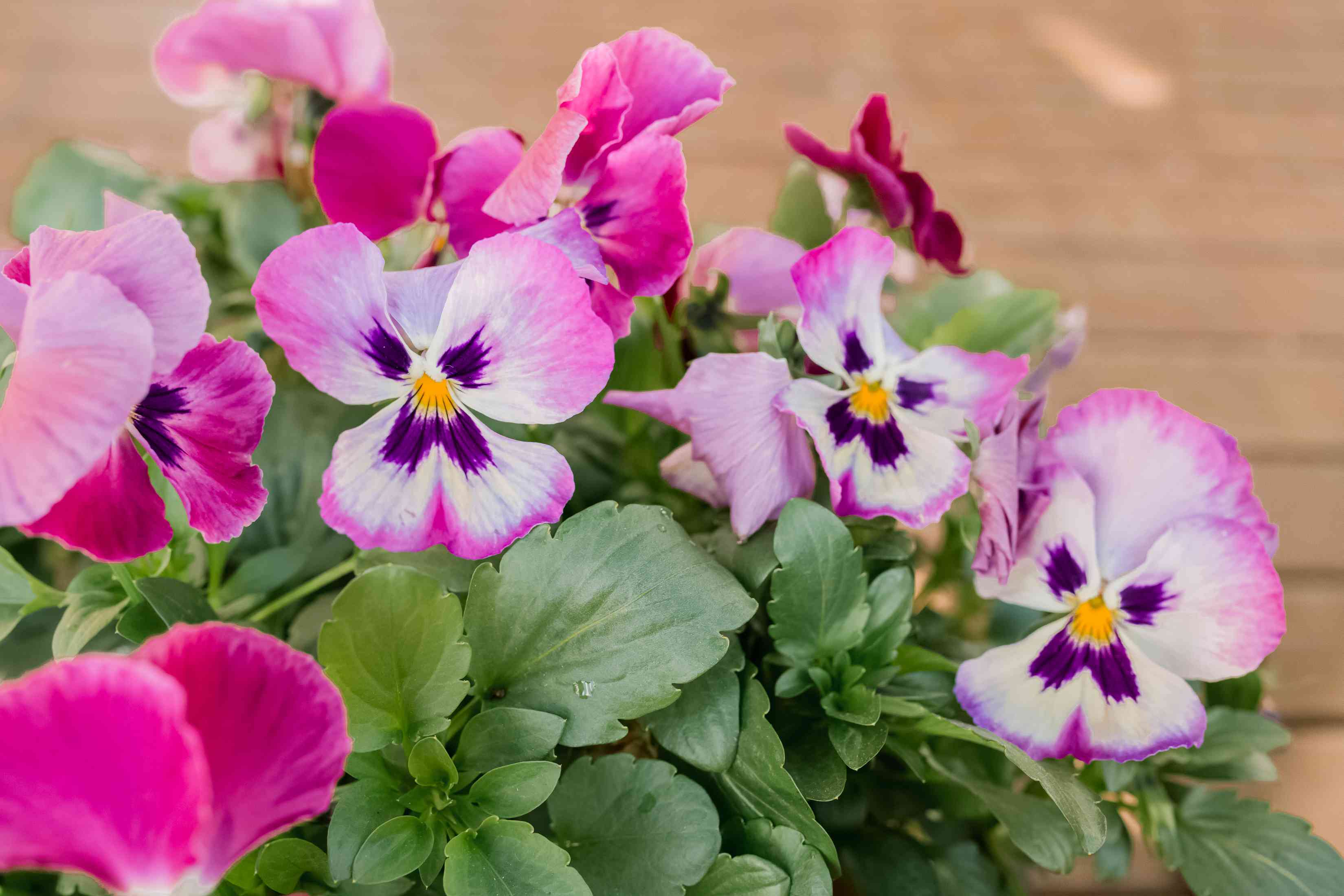

Garden Essentials
How To Grow Pansies From Seed
Modified: March 16, 2024
Learn the secrets of growing stunning pansies from seed in your garden. Discover the step-by-step process and unleash your inner green thumb today.
(Many of the links in this article redirect to a specific reviewed product. Your purchase of these products through affiliate links helps to generate commission for Storables.com, at no extra cost. Learn more)
Introduction
Welcome to the fascinating world of growing pansies from seed! Pansies are beloved flowering plants that add a pop of color and beauty to any garden or landscape. These vibrant and versatile flowers come in a variety of shades, from soft pastels to bold, vibrant hues.
While many gardeners opt to purchase pansy plants from nurseries, growing them from seed can be a rewarding and cost-effective alternative. Not only does it allow you to select from a wider range of varieties, but it also gives you the satisfaction of nurturing your plants from the very beginning of their life cycle.
In this article, we will guide you through the exciting process of growing pansies from seed. We will cover everything from choosing the right pansy seeds to providing the ideal growing conditions, transplanting seedlings, caring for the plants, and even harvesting the seeds for future propagation. So, put on your gardening gloves, grab your seeds, and let’s get started!
Key Takeaways:
- Growing pansies from seed is a fun and rewarding way to experience the complete life cycle of these beautiful flowers. From choosing the right seeds to providing ideal growing conditions, the journey of cultivating pansies is filled with excitement and fulfillment.
- Harvesting and storing pansy seeds allows you to preserve the unique characteristics of your favorite pansy varieties and enjoy the satisfaction of growing pansies from your own saved seeds. It’s a sustainable and cost-effective way to continue the beauty of these delightful flowers.
Choosing the Right Pansy Seeds
When it comes to choosing pansy seeds, you have a wide array of options available. There are several factors to consider to ensure successful germination and growth.
1. Variety: Pansies come in various sizes, colors, and patterns. Consider your personal preference and the overall aesthetics of your garden when selecting the varieties. Do you prefer large flowers or smaller, dainty blooms? Are you looking for a specific color or pattern? Take your time to explore different options and choose the ones that will bring you the most joy.
2. Seed Quality: Opt for high-quality pansy seeds to increase your chances of successful germination. Look for reputable seed suppliers and check reviews or recommendations from fellow gardeners. Fresh seeds will have a higher germination rate, so it’s best to purchase seeds from recent harvests.
3. Germination Time: Pansy seeds typically germinate in 7-14 days, but some varieties may require longer or shorter germination periods. Consider the climate and growing season in your region to ensure that the time it takes for the seeds to sprout aligns with your gardening schedule.
4. Hybrid vs. Open-Pollinated: Hybrid pansy seeds are created by cross-pollinating two different parent plants, resulting in specific traits or characteristics. While hybrid seeds offer unique qualities, they may not produce seeds that are true to the parent plant. On the other hand, open-pollinated seeds come from plants that naturally self-pollinate or are pollinated by insects or wind. These seeds will produce plants similar to the parent plant. Choose the type of seed that best suits your needs.
5. Disease Resistance: Some pansy varieties are bred to be more resistant to common diseases, such as powdery mildew or leaf spot. If you live in an area prone to these issues, look for disease-resistant seed varieties to reduce the risk of plant damage.
Remember to read the seed packet or product description carefully for specific information about each variety. This will help you make an informed decision and ensure that you select the best pansy seeds for your garden.
Sowing Pansy Seeds
Once you have chosen your desired pansy seeds, it’s time to sow them and kickstart the germination process. Follow these steps to ensure successful seed sowing:
1. Timing: Pansy seeds are best sown indoors 6-8 weeks before the last frost date in your area. This allows the seedlings to grow strong and healthy before being transplanted into the garden.
2. Seed Tray or Pots: Fill a seed tray or small pots with a well-draining seed compost mix. Make sure the containers have drainage holes at the bottom to prevent waterlogging.
3. Sowing Depth: Gently press the pansy seeds into the compost, but avoid burying them too deep. Aim for a sowing depth of about ¼ inch (6mm).
4. Spacing: Space the seeds apart to give each seedling enough room to grow. A distance of about 2 inches (5cm) between seeds is ideal.
5. Watering: Use a fine mist spray or a watering can with a rose attachment to moisten the compost thoroughly after sowing. Avoid overwatering, as it can lead to seed rot or fungal diseases.
6. Covering with Plastic: To create a mini greenhouse effect, cover the seed tray or pots with a clear plastic lid or place them inside a plastic bag. This helps to retain moisture and maintain a stable temperature for germination.
7. Germination and Light: Place the covered containers in a warm location with indirect sunlight. Pansy seeds require darkness to germinate, so keep them away from direct sunlight during this stage. Check the seed tray daily for signs of germination and remove the plastic cover once the seedlings emerge.
8. Temperature: Pansy seeds germinate best at temperatures around 70°F (21°C). Use a heat mat or place the containers near a heat source if necessary to maintain the optimal temperature.
9. Transplanting: Once the pansy seedlings have grown their first set of true leaves, usually after 2-3 weeks, they are ready to be transplanted into larger pots or the garden.
Sowing pansy seeds is an exciting and rewarding process that allows you to witness the miracle of plant life from the very beginning. By following these steps and providing the right conditions, you’ll be well on your way to growing healthy and vibrant pansy seedlings.
Providing the Ideal Growing Conditions
Pansies thrive in cool weather and require specific growing conditions to reach their full potential. Here are some key factors to consider when providing the ideal environment for your pansy plants:
1. Sunlight: Pansies prefer full sun to partial shade. Aim for at least 4-6 hours of direct sunlight per day. If you live in a hot climate, providing some shade during the hottest part of the day can help prevent wilting and scorching.
2. Soil: Pansies thrive in well-draining soil that is rich in organic matter. Amend the soil with compost or well-rotted manure before planting to improve its fertility and drainage. A slightly acidic to neutral pH level, around 6.0-7.0, is ideal for pansy growth.
3. Watering: Pansies require regular watering to keep the soil evenly moist but not waterlogged. Water the plants deeply and allow the top inch of soil to dry out between waterings. Avoid overhead watering, as it can promote fungal diseases. Watering in the morning or early afternoon gives the plants time to dry before evening, reducing the risk of moisture-related issues.
4. Mulching: Applying a layer of mulch around your pansy plants helps conserve moisture, suppress weed growth, and maintain a more consistent soil temperature. Use organic mulch such as straw, shredded leaves, or wood chips, and apply it to a depth of 2-3 inches.
5. Fertilization: Pansies benefit from regular feeding to promote healthy growth and abundant blooms. Use a balanced, slow-release fertilizer or a liquid fertilizer diluted according to the instructions. Apply fertilizer every 4-6 weeks during the growing season, but be cautious not to over-fertilize, as it can lead to lush foliage but fewer flowers.
6. Deadheading: To encourage continuous blooming, deadhead faded flowers by pinching or snipping off the spent blooms. This prevents the plant from using energy to produce seeds and redirects its resources towards new flower production.
7. Temperature: Pansies are cool-season plants and prefer temperatures between 45-65°F (7-18°C). They can tolerate light frost but may suffer in extreme heat or freezing temperatures. If necessary, provide shade or cover the plants during heatwaves or frosty nights to protect them from stress or damage.
By creating the ideal growing conditions for your pansy plants, you’ll ensure their health and vitality, resulting in an abundance of vibrant and long-lasting blooms. With proper care and attention, your pansies will thrive and bring joy to your garden for months to come.
Transplanting Pansy Seedlings
As your pansy seedlings grow and develop their first set of true leaves, it’s time to transplant them into larger pots or your garden. Transplanting allows the seedlings more space to spread their roots and continue their growth. Follow these steps for successful transplanting:
1. Timing: Wait until the pansy seedlings are 4-6 weeks old and have developed a strong root system before transplanting. This typically coincides with the last frost date in your region and the arrival of milder temperatures.
2. Preparation: Choose a location in your garden that receives the right amount of sunlight and has well-draining soil. If planting in pots, select containers that are at least 6-8 inches deep to accommodate the root system.
3. Soil Preparation: Ensure the soil in the planting area or pots is well-prepared prior to transplanting. Remove any weeds, loosen the soil, and amend it with compost or organic matter to improve its fertility and drainage.
4. Transplanting Technique: Gently remove the pansy seedlings from their current containers, being careful not to damage their delicate roots. You can use a small trowel or your fingers to scoop them out. If the seedlings are tightly packed, tease the roots apart to encourage proper growth.
5. Planting Depth: Dig a hole in the prepared soil or potting mix that is slightly larger than the root ball of the seedling. Place the seedling in the hole, making sure the soil level matches the top of the root ball. Firmly press the soil around the seedling to eliminate air pockets.
6. Spacing: Leave enough space between the transplanted seedlings to allow for proper airflow and prevent overcrowding. Follow the spacing guidelines on the seed packet or leave around 6-8 inches between each plant.
7. Watering: After transplanting, water the seedlings thoroughly to settle the soil around their roots and help them establish in their new location. Continue to water regularly, ensuring that the soil remains moist but not soggy.
8. Aftercare: Monitor the transplanted seedlings closely during the first few weeks to ensure they are adapting well to their new environment. Keep an eye out for any signs of stress or wilting and provide appropriate care, such as additional water during dry spells or light shade during hot afternoons.
Transplanting pansy seedlings is a critical step in their growth journey. By following these transplanting guidelines and providing proper care, you’ll give your pansies the best chance to thrive and produce beautiful blooms for you to enjoy.
To grow pansies from seed, start them indoors 8-10 weeks before the last frost. Use a seed starting mix, keep the soil moist, and provide plenty of light. Transplant them outdoors after the last frost for beautiful blooms.
Read more: When To Plant Pansy Seeds
Caring for Pansy Plants
Caring for pansy plants involves providing them with the right attention and care to promote healthy growth and abundant blooms. Follow these essential tips to ensure your pansies thrive:
1. Watering: Pansies require regular watering, especially during dry spells or hot weather. Deeply water the plants whenever the top inch of soil feels dry, ensuring that the water reaches the root zone. Avoid overwatering, which can lead to root rot or other fungal diseases. Watering in the morning allows the foliage to dry before nightfall, reducing the risk of disease.
2. Fertilization: Feed your pansy plants with a balanced, water-soluble fertilizer every 4-6 weeks. Follow the instructions on the fertilizer packaging for proper dilution ratio and application method. Avoid using excessive amounts of fertilizer, as this can result in lush foliage but fewer flowers. Alternatively, you can use a slow-release fertilizer applied at the beginning of the growing season.
3. Mulching and Weed Control: Apply a layer of organic mulch around your pansy plants to conserve moisture, suppress weed growth, and maintain a more even soil temperature. Keep the mulch a few inches away from the base of the plants to prevent excess moisture on the stems, which can lead to rot. Regularly inspect the growing area and remove any weeds that may compete for nutrients and water.
4. Deadheading: Deadheading, the process of removing faded flowers, not only keeps your pansy plants looking tidy but also promotes continuous blooming throughout the season. Pinch or snip off spent blooms at the base of the stem or just above the first set of healthy leaves. This encourages the plant to produce more flowers rather than directing energy towards seed formation.
5. Pest and Disease Management: While pansies are relatively resistant to pests and diseases, it’s still important to monitor your plants for any signs of trouble. Common pests that may affect pansies include aphids, slugs, and snails. Use organic pest control methods such as handpicking, spraying with insecticidal soap, or introducing natural predators. Additionally, keep an eye out for fungal diseases like powdery mildew or leaf spot. If necessary, treat affected plants with appropriate fungicides or remove severely infected foliage to prevent the spread.
6. Pruning: Pansies generally don’t require extensive pruning. However, you may need to trim back leggy or overgrown stems to maintain a compact and bushy growth habit. Use clean and sharp pruning shears to make clean cuts just above a healthy set of leaves or a leaf node.
7. Winter Care: Pansies are cool-season plants and can tolerate light frost. However, in areas with harsh winters, pansies may not survive freezing temperatures. Consider protecting them with a layer of mulch or covering them with a frost cloth during extreme cold spells. Alternatively, you can treat pansies as annuals and replant new seedlings in the following spring.
By implementing these care practices, you can ensure that your pansy plants remain healthy, vigorous, and adorned with an abundance of colorful blooms. Enjoy the beauty they bring to your garden and the joy they bring to your heart!
Pests and Diseases
While pansies are generally resilient plants, they can still fall victim to certain pests and diseases. Being able to identify and address these issues promptly is key to maintaining the health and vitality of your pansy plants. Here are some common pests and diseases that can affect pansies:
1. Aphids: These small, pear-shaped insects feed on the sap of plants, causing distorted leaves and stunted growth. Aphids are typically found congregating on tender new growth or the undersides of leaves. To control aphids, try spraying the affected plants with a solution of water and mild liquid soap or use an insecticidal soap specifically formulated for aphids. Additionally, introducing natural predators like ladybugs or lacewings can help keep aphid populations in check.
2. Slugs and Snails: These slimy pests can quickly munch through pansy leaves and flowers, leaving behind unsightly holes. To deter slugs and snails, create barriers around your pansy plants using copper tape or an organic slug and snail repellent. You can also minimize their presence by keeping the garden free of debris and reducing moisture levels, as they thrive in damp, shady areas.
3. Powdery Mildew: Powdery mildew is a fungal disease that appears as a white, powdery coating on the leaves and stems of pansy plants. It thrives in humid conditions with poor air circulation. To control powdery mildew, remove and destroy infected plant parts, promote good airflow around the plants, and avoid overhead watering. Applying a fungicidal spray can also help prevent the spread of the disease.
4. Leaf Spot: Leaf spot is another fungal disease that causes dark, irregularly shaped spots on the leaves of pansy plants. These spots may have a reddish or purplish coloration. To manage leaf spot, promptly remove and discard infected leaves, avoid overhead watering, and apply a fungicide if necessary. Proper spacing and good airflow can also help prevent the disease from spreading.
5. Botrytis Blight: Also known as gray mold, botrytis blight is a common fungal disease that affects pansy flowers. It causes browning, wilting, and decay of petals. To prevent botrytis blight, avoid overwatering and provide adequate spacing between plants to facilitate air circulation. Remove and destroy any infected flowers and keep the garden clean and free from decaying plant material.
Monitor your pansy plants regularly for signs of pests or diseases. Early detection and intervention can help prevent severe infestations or outbreaks. Remember to always follow the instructions on any pesticides or fungicides you use and consider organic and environmentally friendly methods as alternatives.
Caring for your pansy plants with proper watering, fertilization, and good cultural practices can also help strengthen their natural defenses against pests and diseases. By taking a proactive approach and maintaining a healthy growing environment, you can enjoy vibrant and thriving pansies in your garden.
Harvesting Pansy Seeds
Harvesting pansy seeds allows you to collect and save them for future planting, giving you the opportunity to grow new pansy plants without purchasing additional seeds. Here’s how to harvest and store pansy seeds:
1. Timing: Wait until the pansy flowers have faded and the seed pods have fully formed. The seed pods develop after the flowers have been successfully pollinated and are typically found at the base of the flower stems. The pods will turn brown and start to dry out as the seeds mature.
2. Collecting the Seeds: Once the seed pods are dry and starting to split open, carefully cut the stems from the plant. Place the cut stems in a paper bag or envelope to catch any seeds that may fall out during the harvesting process. Alternatively, you can hold the seed heads over a clean tray or your hand and gently squeeze to release the seeds. Be careful not to damage the pods or let the seeds scatter in the wind.
3. Drying the Seeds: After collecting the pansy seeds, spread them out on a clean, dry surface to dry further. It’s essential to allow them to dry completely before storing to prevent mold or rot. Avoid drying them in direct sunlight, as this can affect their viability. Leave them in a well-ventilated area for about a week or until they feel completely dry and brittle to the touch.
4. Cleaning the Seeds: Once the pansy seeds are dry, remove any debris or plant material by gently rubbing them between your fingers or sieving them through a fine mesh screen or sieve. This process helps separate the seeds from any remaining dry flower parts or chaff.
5. Storing the Seeds: Store the cleaned pansy seeds in a cool, dry, and dark place. Airtight containers such as glass jars or small envelopes work well for seed storage. Consider adding a desiccant packet to absorb any excess moisture and prevent the seeds from deteriorating. Label each container with the date of harvest and the specific pansy variety to keep track of your seed collection.
6. Viability and Germination: Pansy seeds can remain viable for several years if stored properly. However, their germination rates may decrease over time. To test the viability of stored seeds, you can conduct a simple germination test by placing a few seeds on a damp paper towel and keeping them in a warm location. If a significant number of the seeds sprout, they are still viable and can be used for planting.
By harvesting and storing pansy seeds, you can preserve the characteristics of your favorite pansy varieties and save money on future seed purchases. Enjoy the satisfaction of growing pansies from your own saved seeds and share them with fellow gardeners to spread the beauty of these delightful flowers.
Conclusion
Growing pansies from seeds is a rewarding and enjoyable experience that allows you to witness the complete life cycle of these beautiful flowers. From selecting the right seeds to nurturing the seedlings, providing optimal growing conditions, and overcoming any challenges along the way, the journey of cultivating pansies is filled with excitement and fulfillment.
By choosing high-quality seeds and following proper sowing techniques, you can ensure a successful germination process. Nurturing the seedlings and transplanting them into the garden or larger pots sets the stage for their growth and development. As you provide the ideal growing conditions, including sunlight, well-drained soil, proper watering, and periodic fertilization, your pansies will flourish and thrive.
Throughout the growing season, caring for your pansy plants involves tasks such as deadheading, managing pests and diseases, and maintaining good cultural practices. These efforts contribute to the overall health and vigor of your pansies, resulting in abundant blooms that bring color and joy to your garden.
When the time comes, harvesting pansy seeds allows you to collect and store them for future planting. This not only provides you with a sustainable source of seeds but also allows you to preserve the unique characteristics of your favorite pansy varieties.
In conclusion, growing pansies from seed is a journey worth embarking on. It connects you to the wonders of nature, encourages your gardening skills, and rewards you with stunning flowers that brighten your surroundings. So, grab your gardening tools, get your hands dirty, and experience the beauty and satisfaction of growing pansies from seed.
Frequently Asked Questions about How To Grow Pansies From Seed
Was this page helpful?
At Storables.com, we guarantee accurate and reliable information. Our content, validated by Expert Board Contributors, is crafted following stringent Editorial Policies. We're committed to providing you with well-researched, expert-backed insights for all your informational needs.
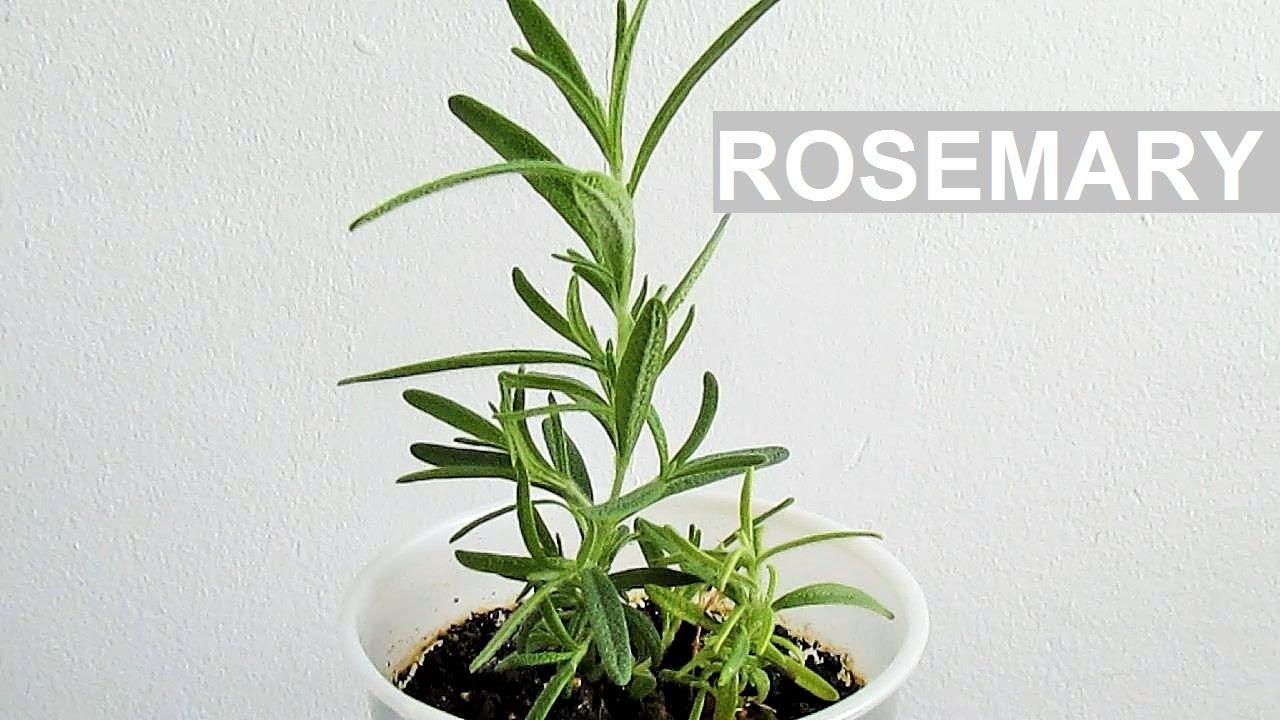
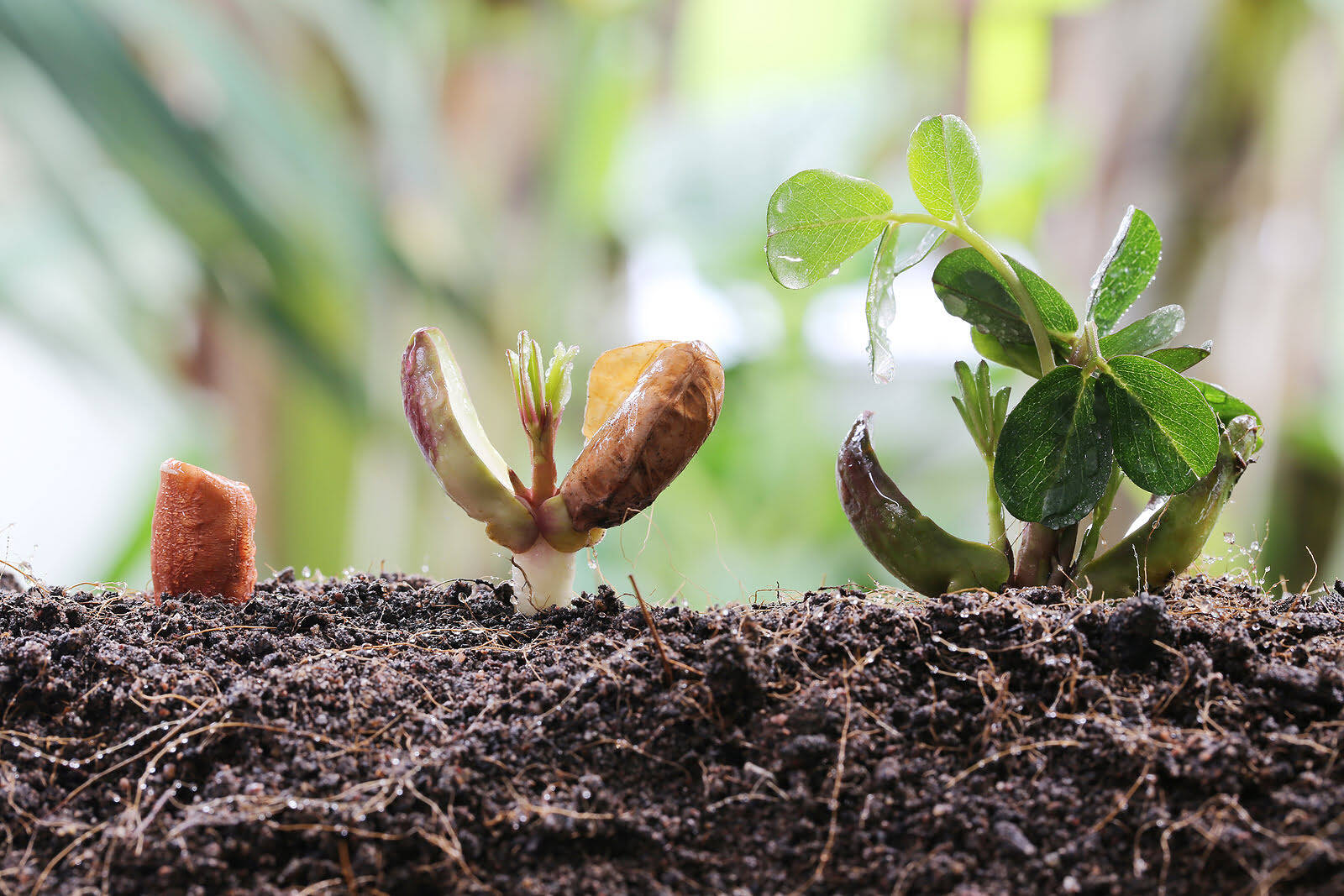
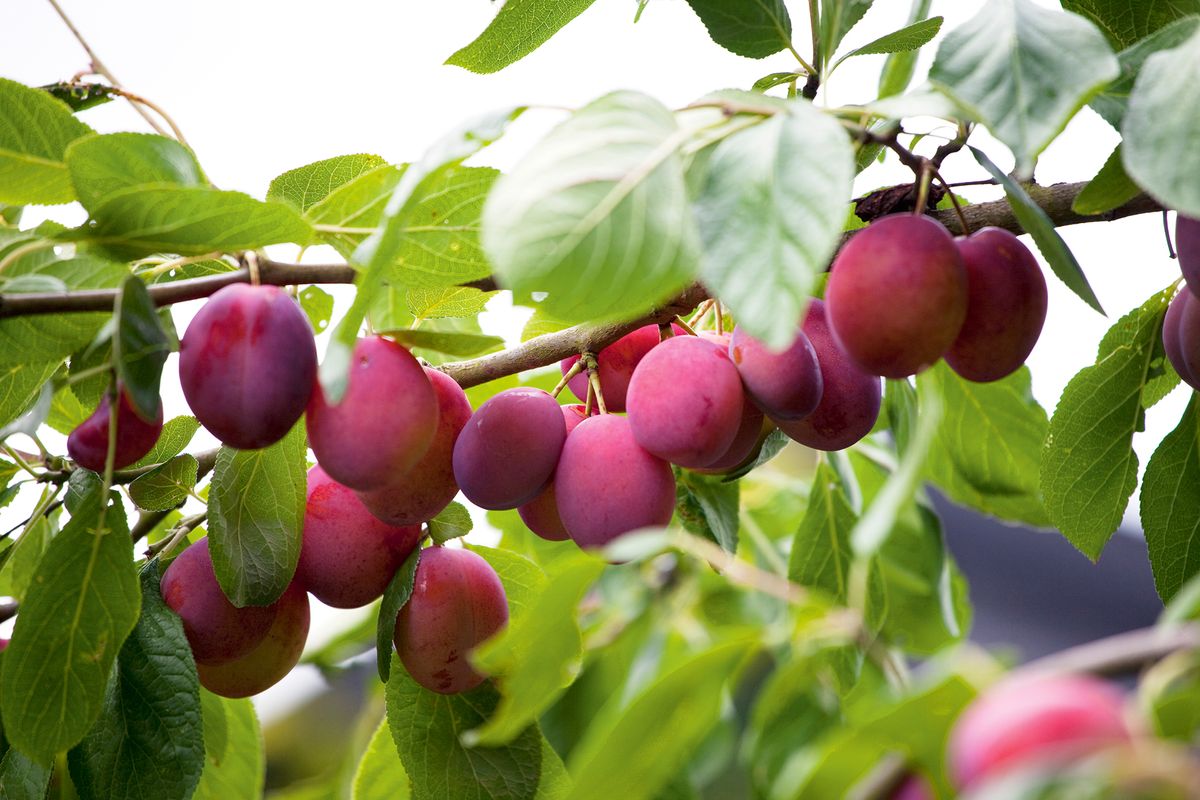
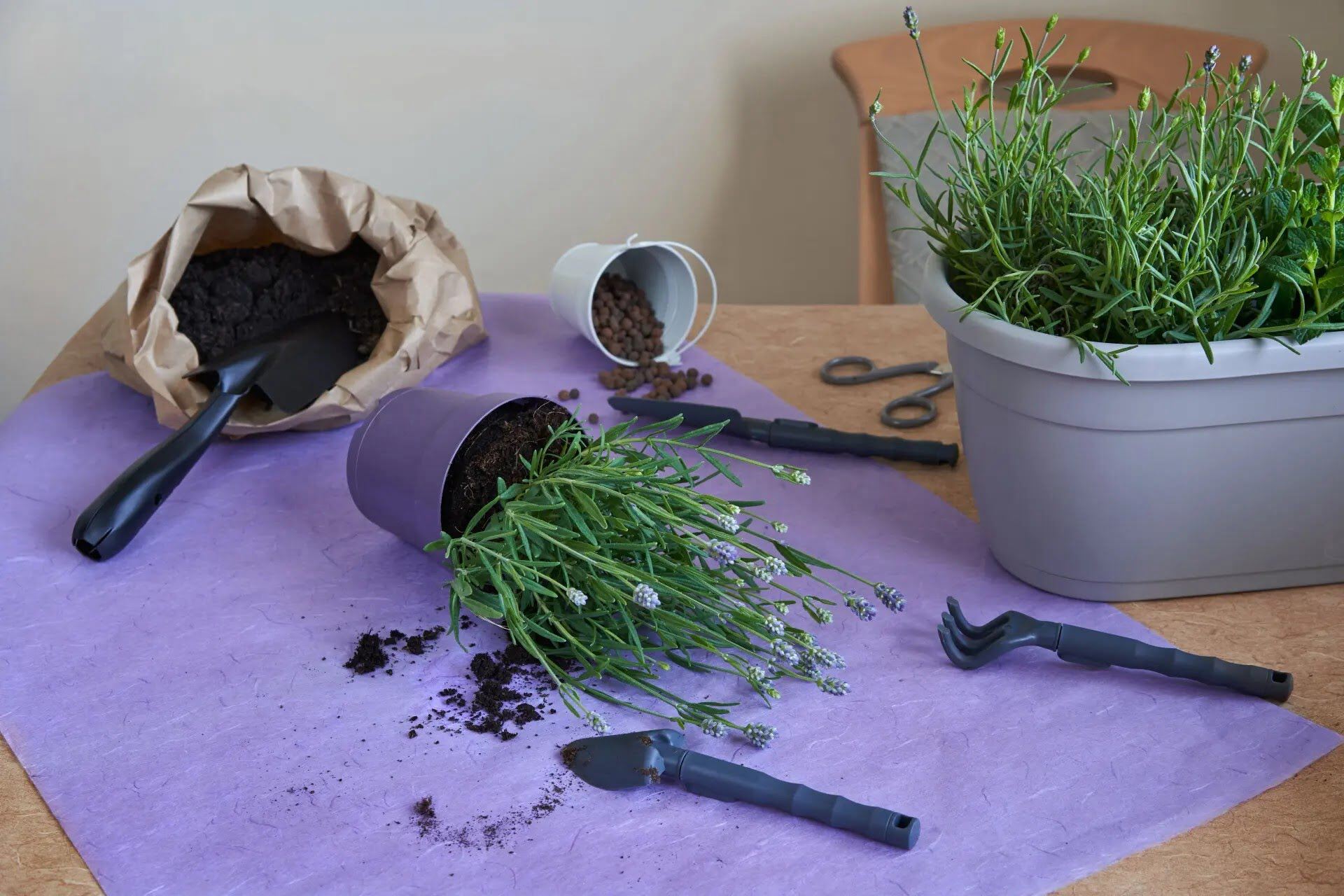
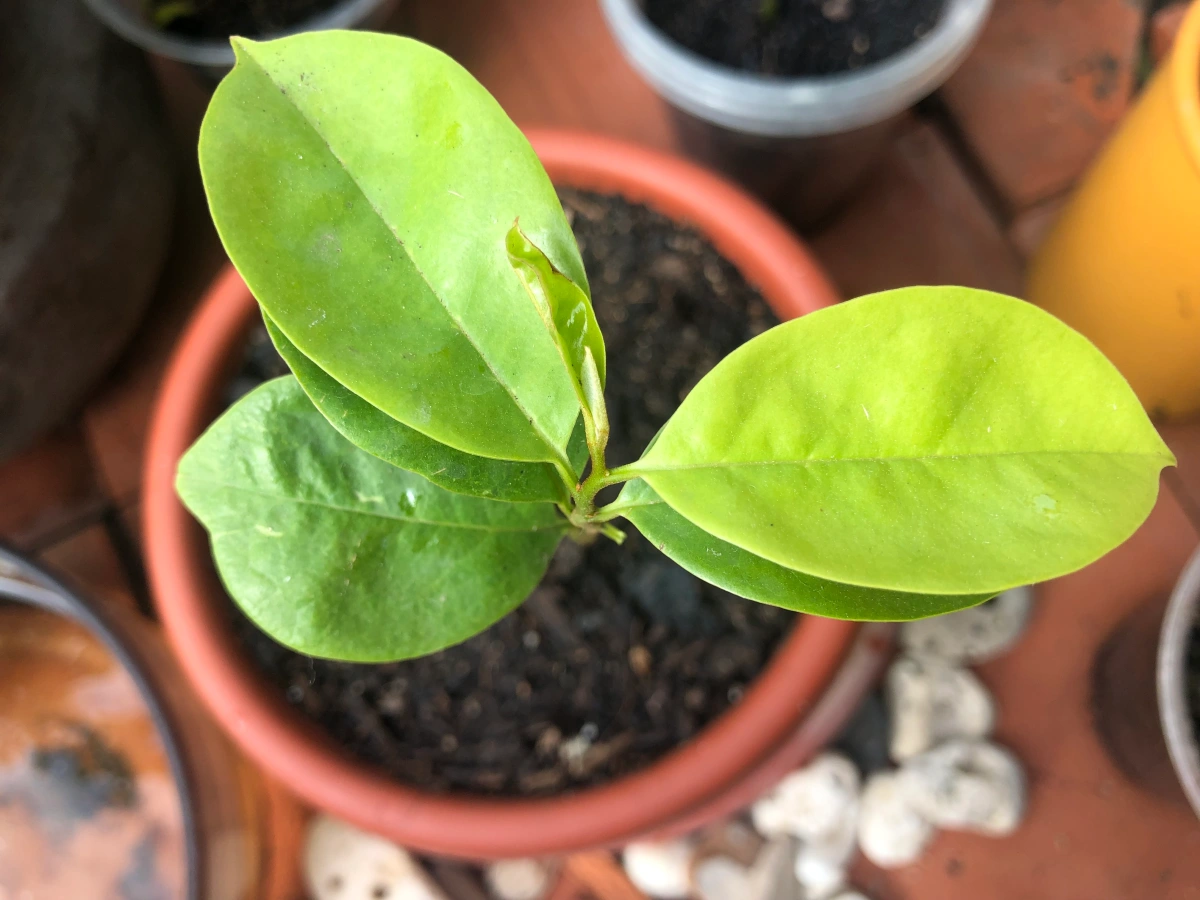
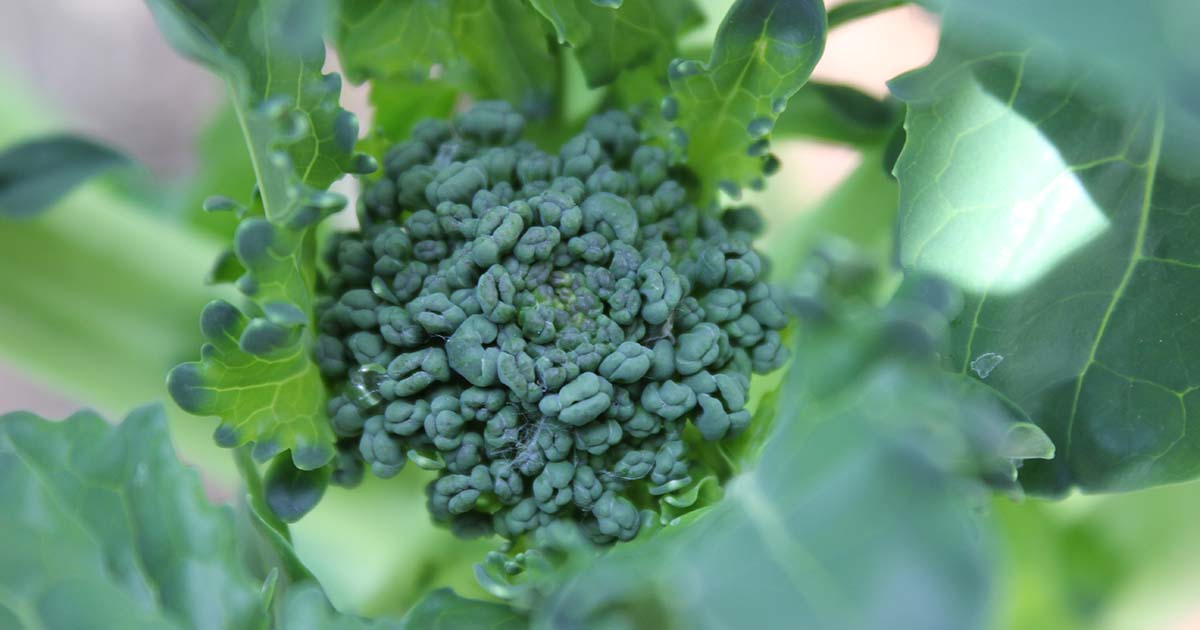
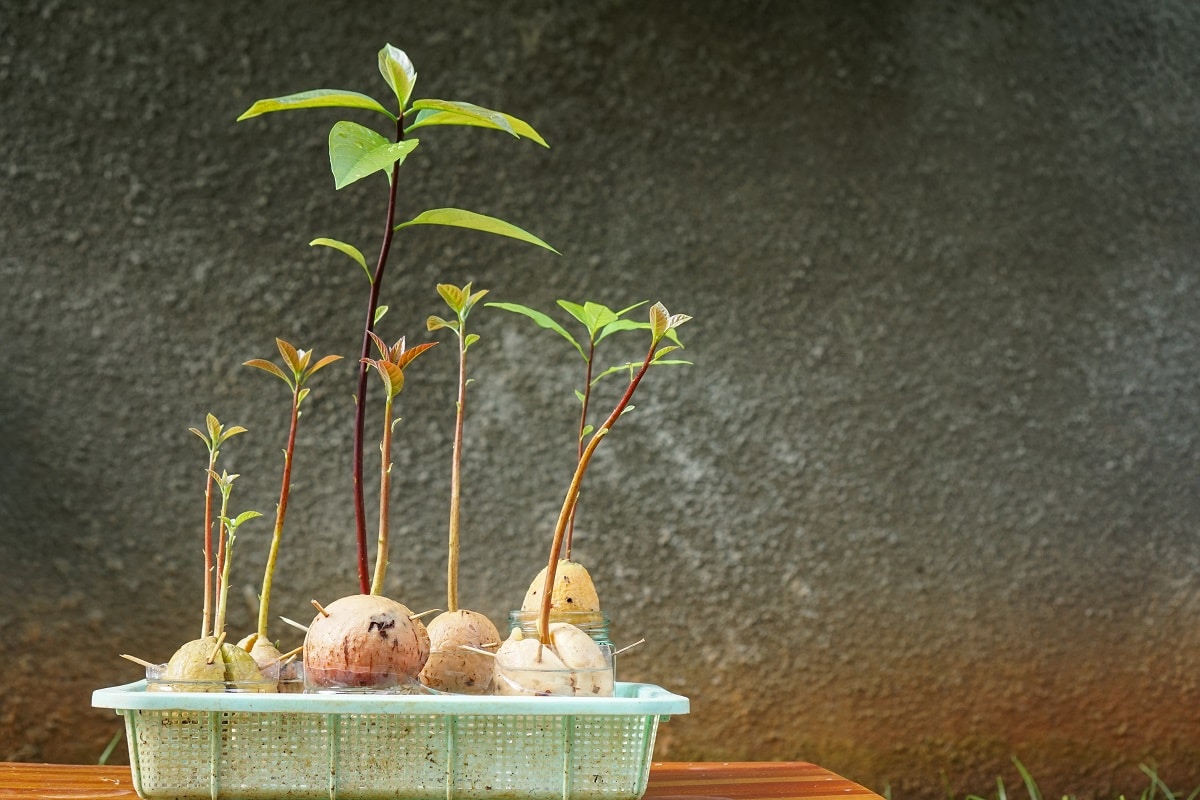
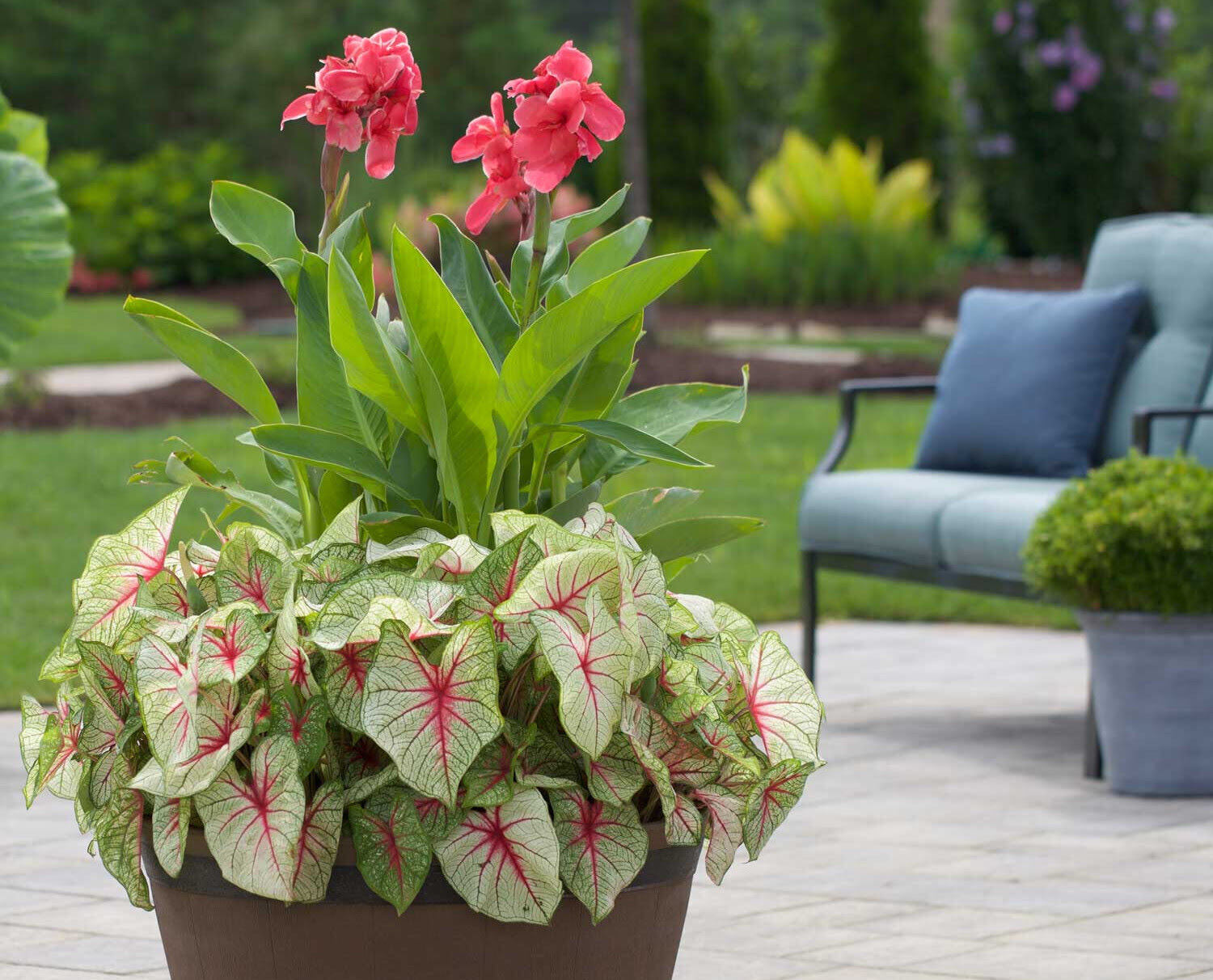
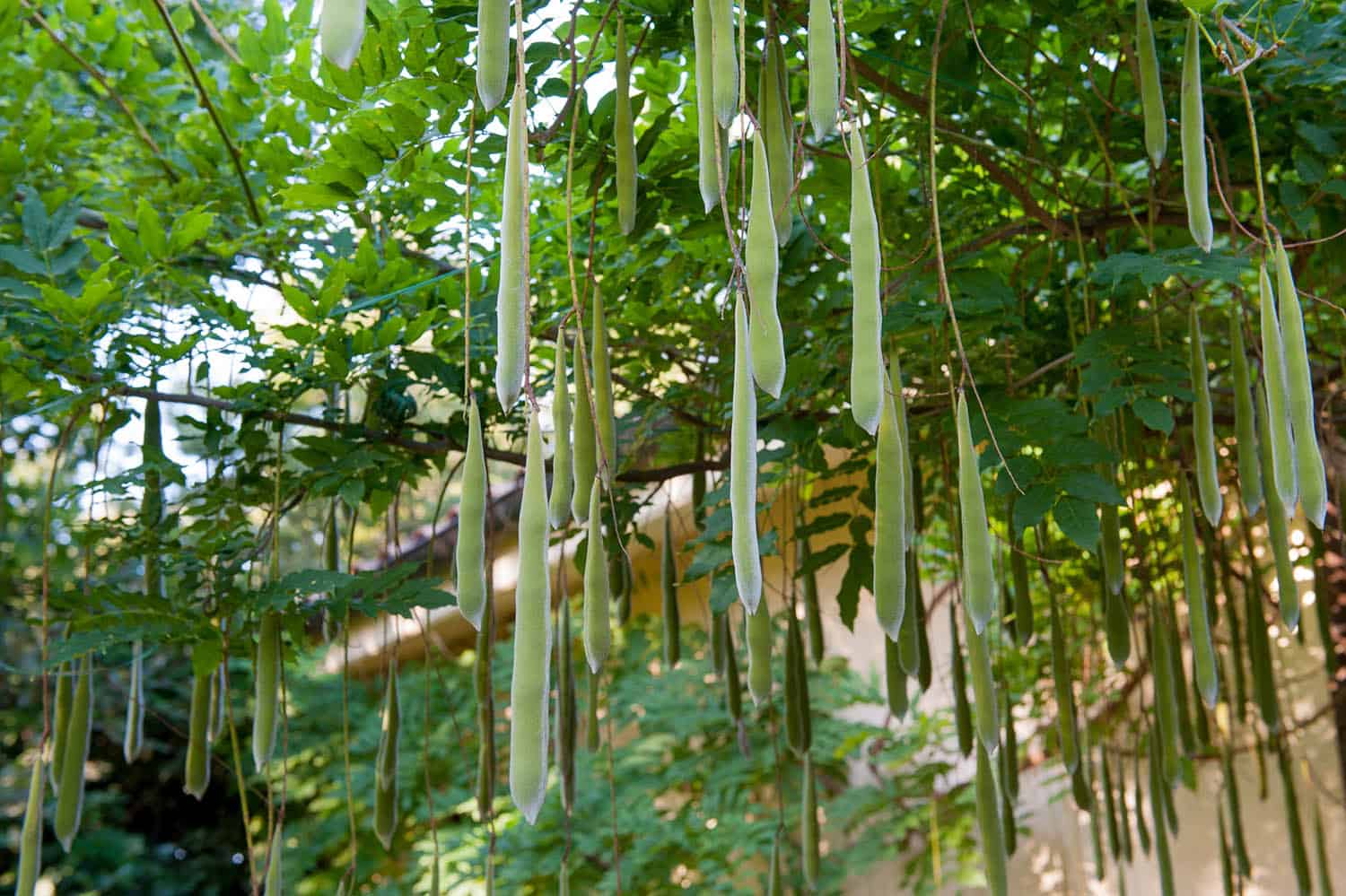
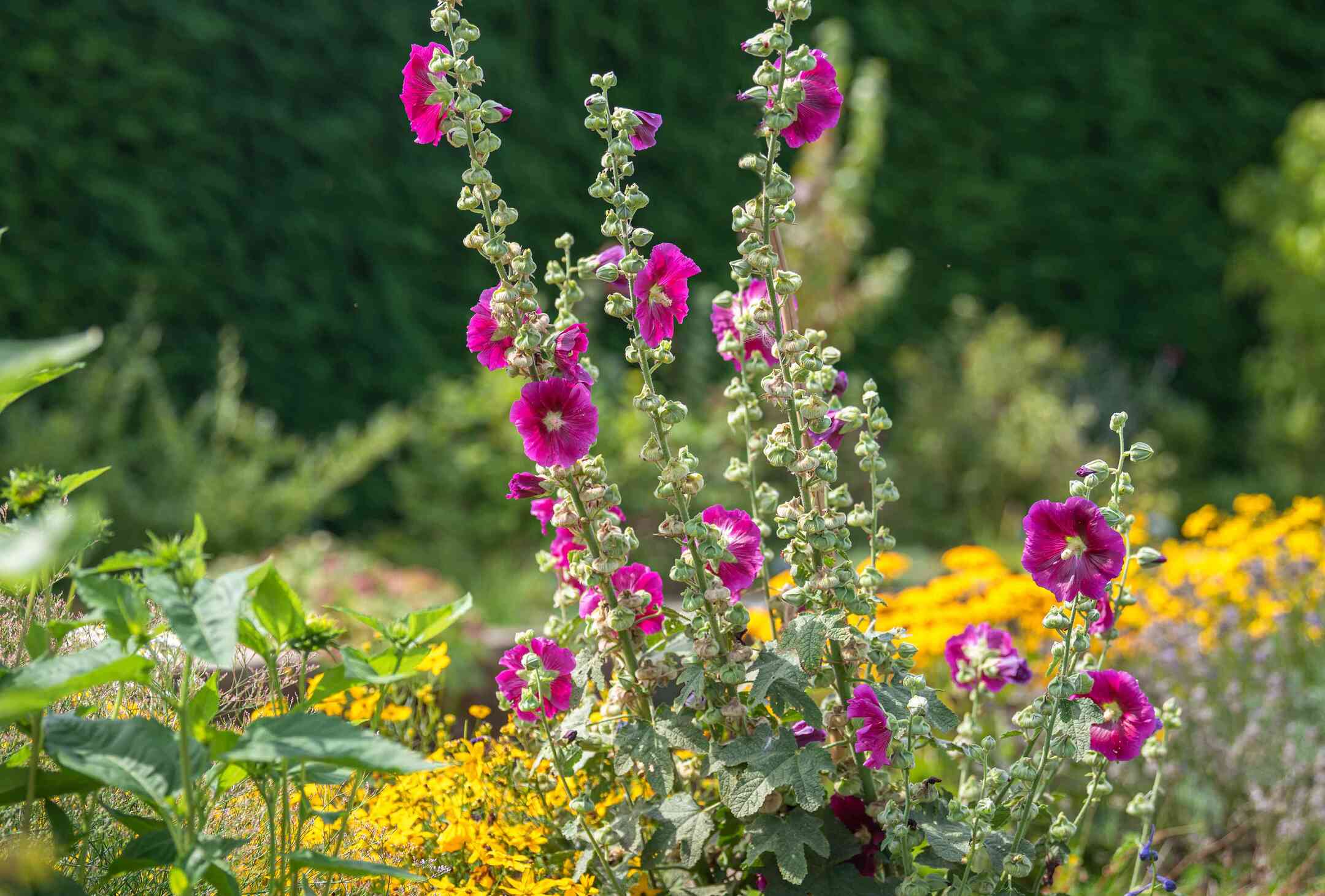
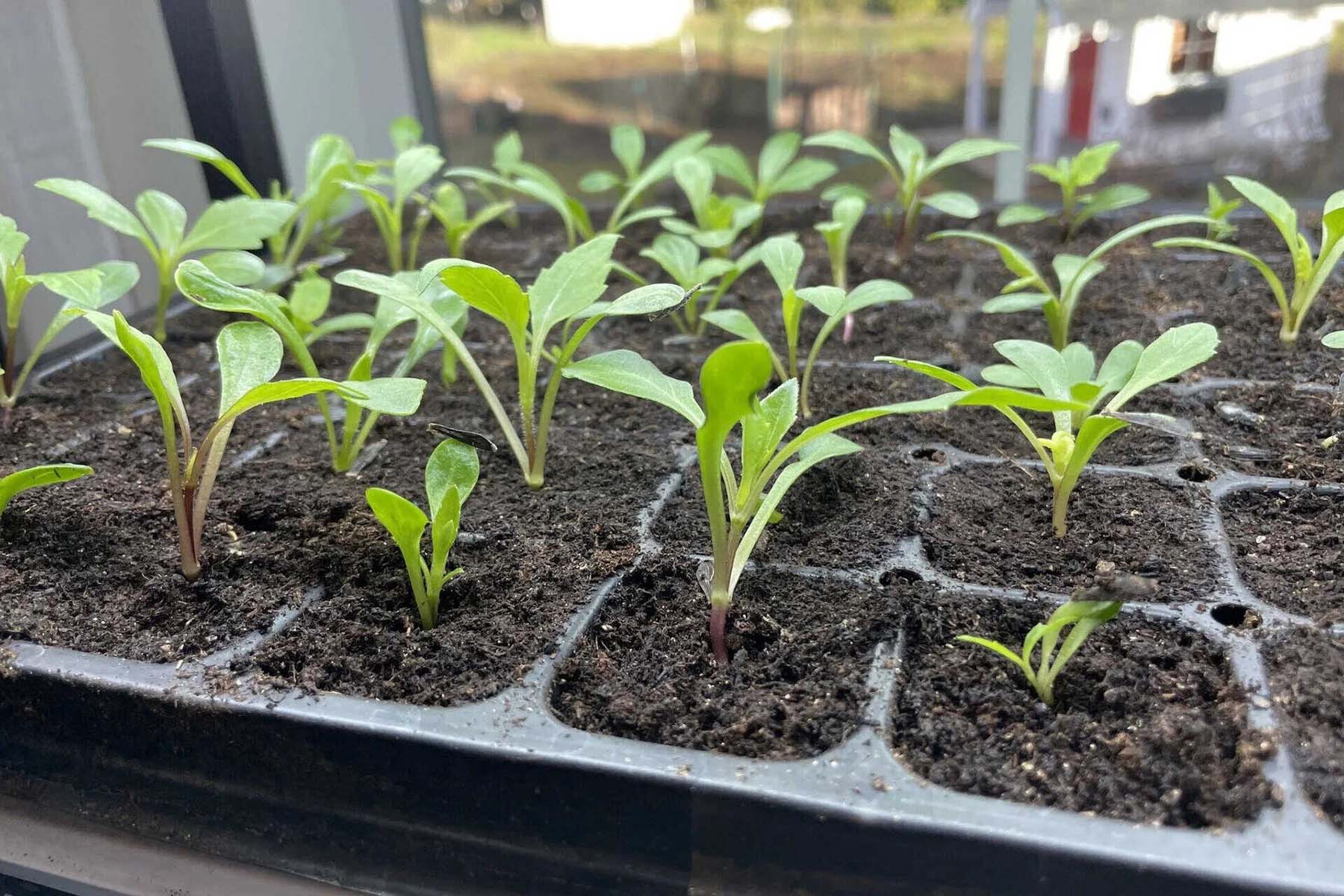
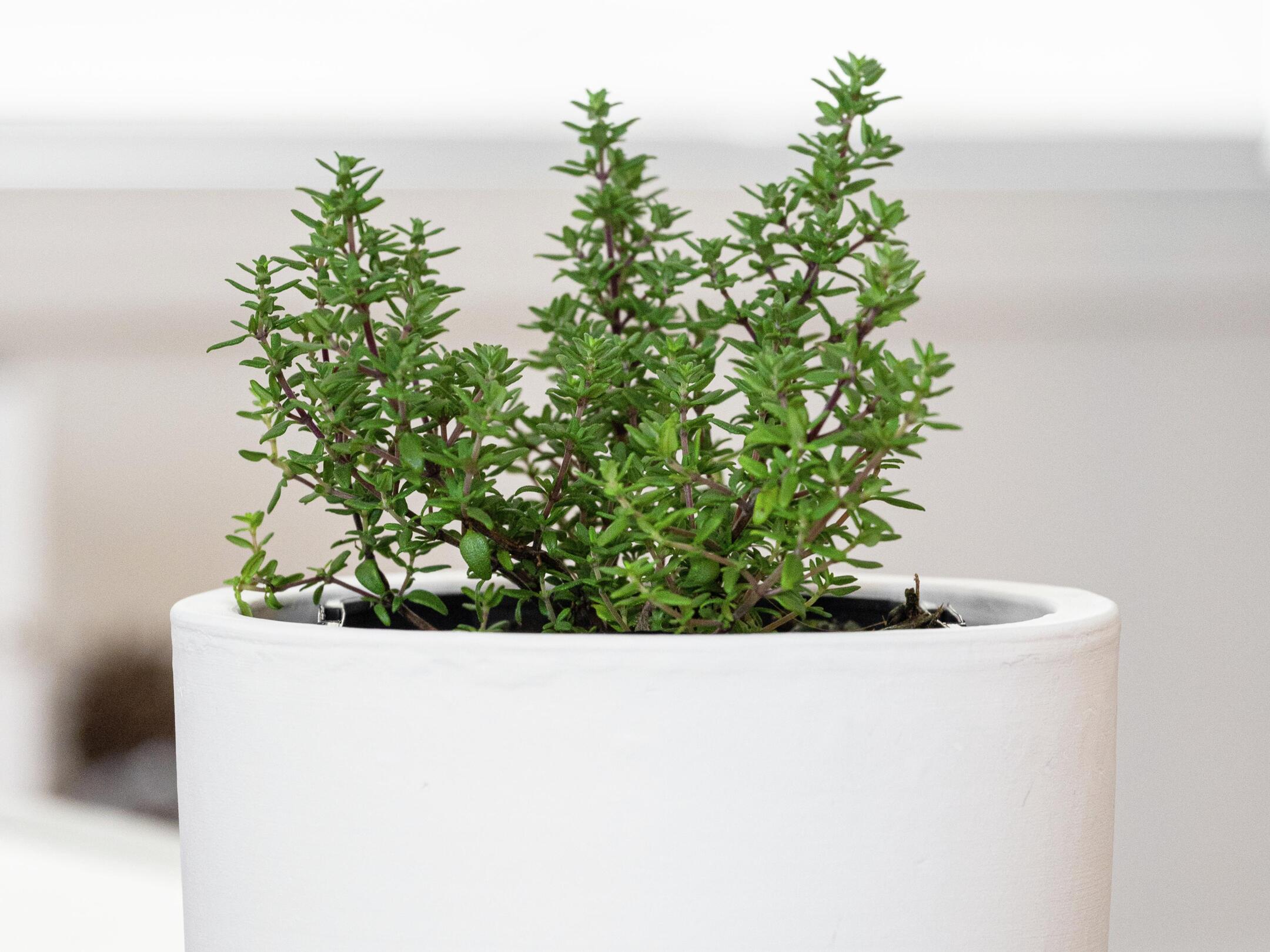
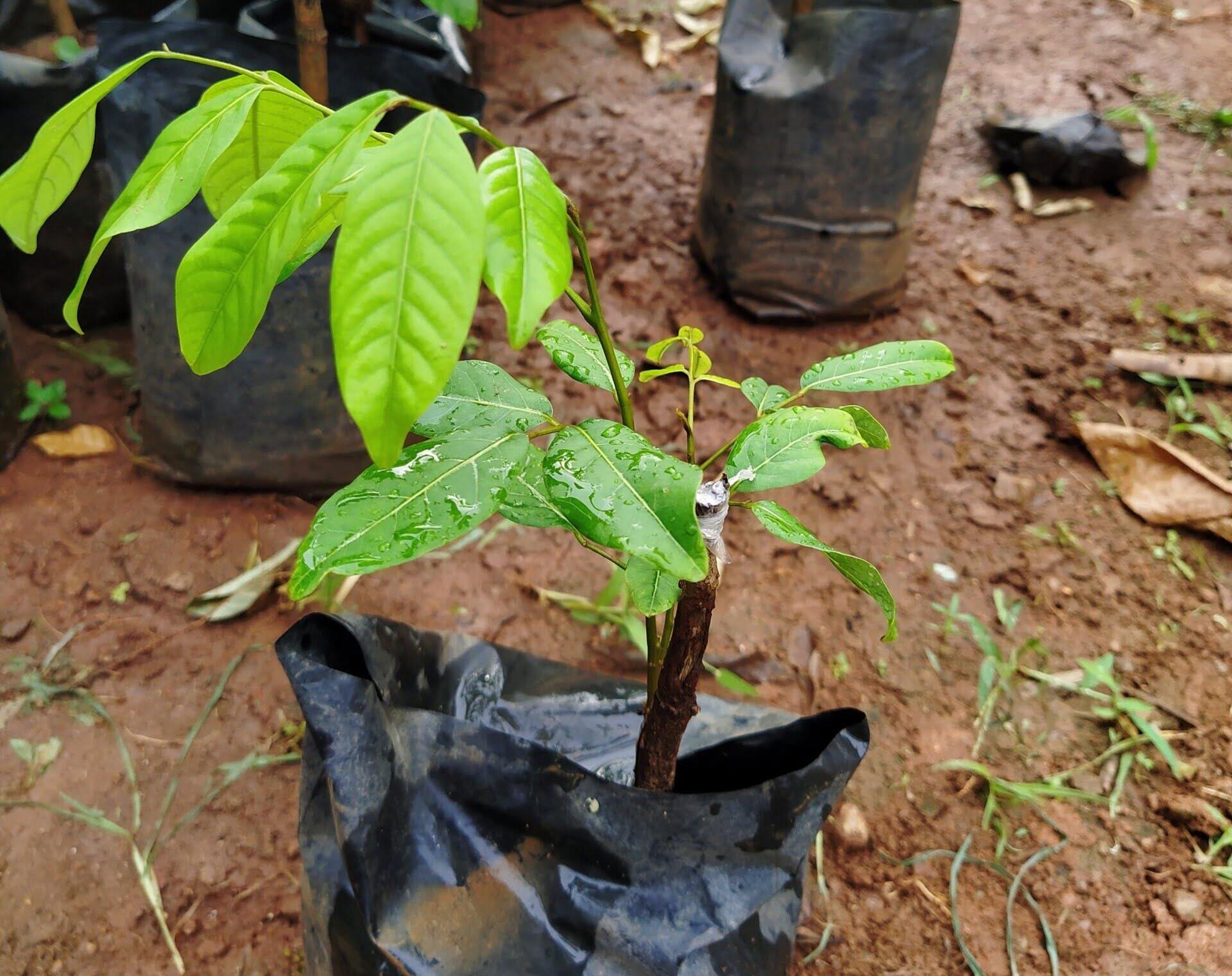
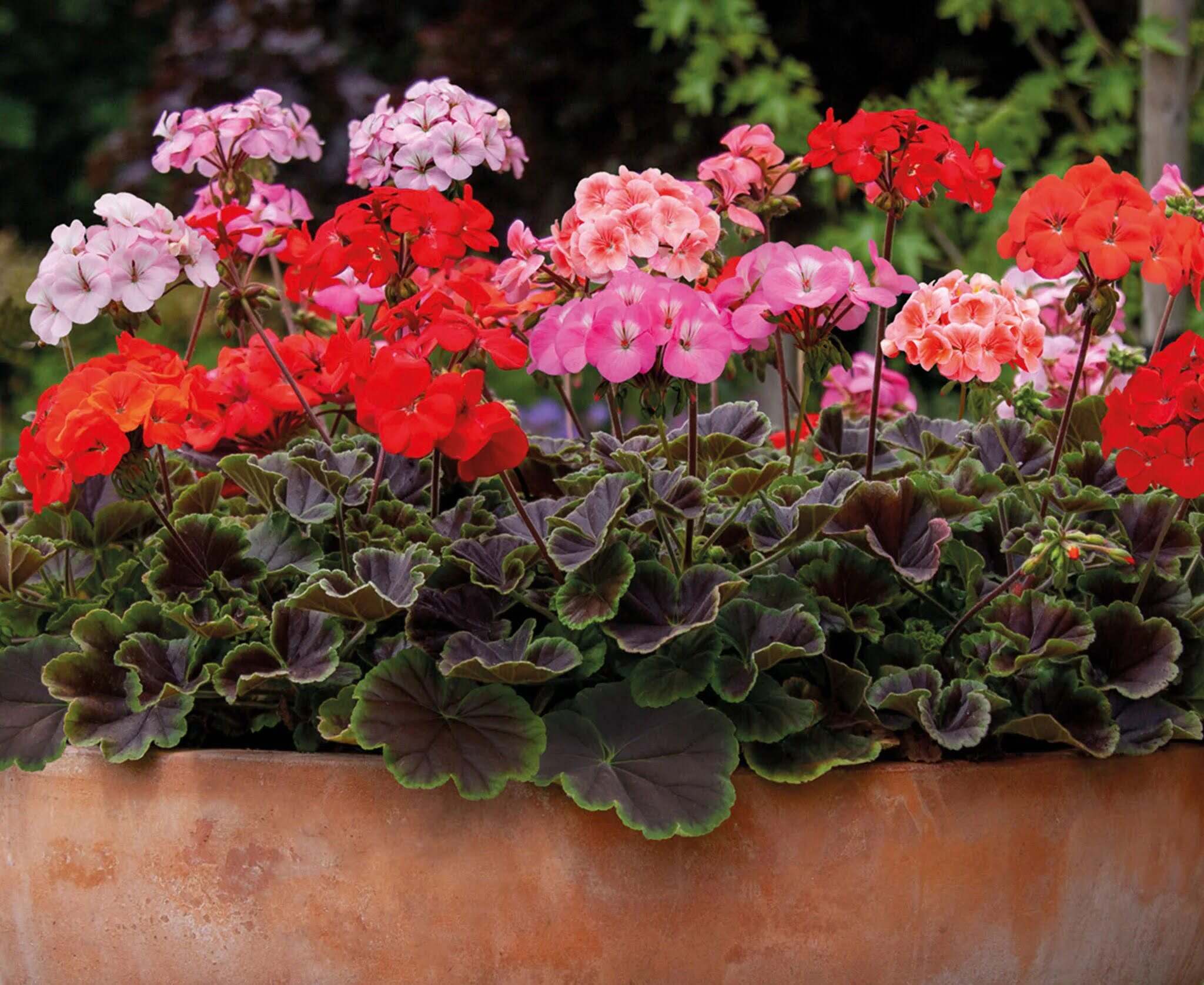

0 thoughts on “How To Grow Pansies From Seed”